I've a uni practical to determine the complexity of a small section of code using the O() notation.
The code is:
for (int i = 0; i < list.size(); i++)
System.out.println(list.get(i));
The list in question is a linked list. For our practical, we were given a ready made LinkedList class, although we had to write our own size() and get() methods.
What is confusing me about this question is what to count in the final calculation. The question asks:
How many lookups would it make if there 100 elements in the list? Based on this, calculate the complexity of the program using O() notation.
If I am just counting the get() method, it will make an average of n/2 lookups, resulting in a big O notation of O(n). However, each iteration of the for loop requires recalculating the size(), which involves a lookup (to determine how many nodes are in the linked list).
When calculating the complexity of this code, should this be taken into consideration? Or does calculating the size not count as a lookup?


